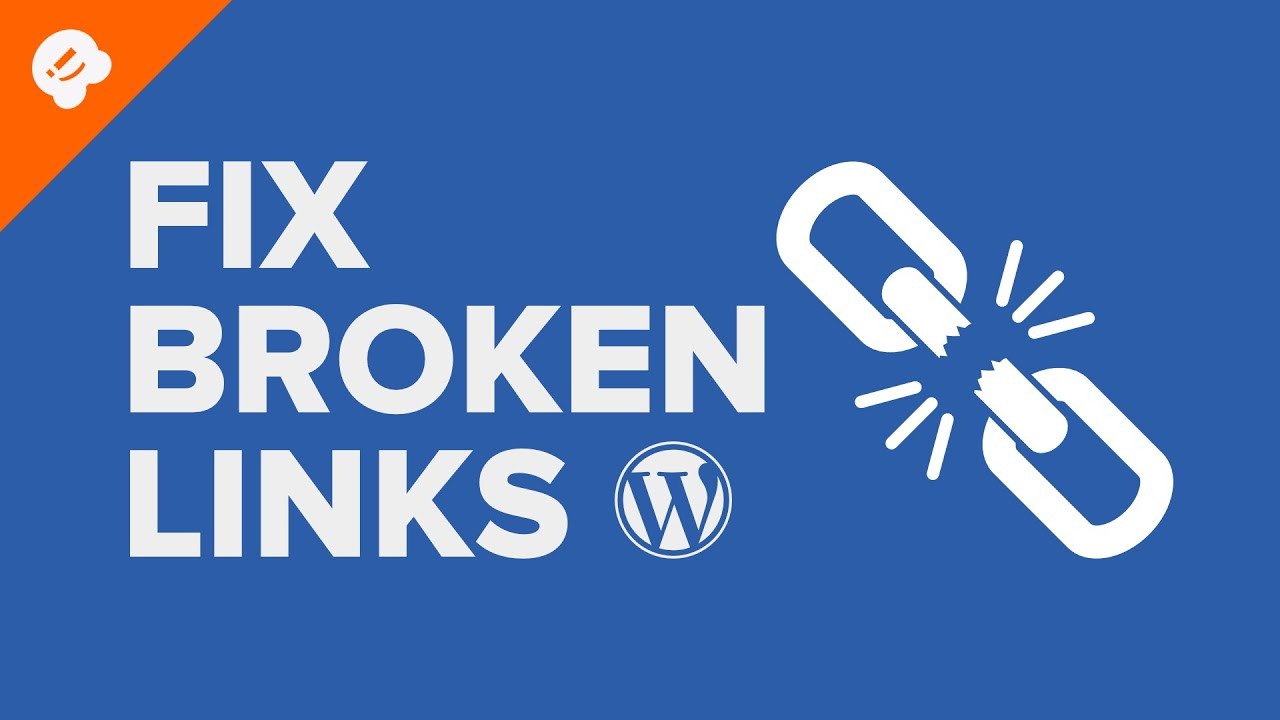Broken links, also known as dead links or 404 errors, are hyperlinks on your website that no longer lead to the intended destination. These links can negatively impact the user experience and hurt your website’s SEO performance. A website with broken links can give visitors the impression that the site is neglected or poorly maintained, leading to higher bounce rates and lower user engagement. Fortunately, identifying and fixing broken links is a relatively straightforward process, and addressing them can significantly enhance your site’s usability and performance.
Why Broken Links Matter
Broken links disrupt the user journey, making it difficult for visitors to find the content they want. This frustration can lead to a negative perception of your site, reducing user trust. From an SEO perspective, search engines like Google prioritize websites with functional links. Broken links can lead to poor indexing of your pages and decreased search engine rankings. Additionally, if your site has too many broken links, it could negatively impact your site’s authority and credibility, resulting in lower traffic.
How to Identify Broken Links
Identifying broken links on your website involves both manual checks and the use of automated tools. Here are several methods you can use:
1. Manual Checking
This method is most effective for smaller websites with limited pages. Simply visit each page and click on all links to ensure they lead to the correct destination. This approach, however, is time-consuming and inefficient for larger websites.
2. Online Broken Link Checker Tools
Numerous free and paid tools can automatically scan your website for broken links. Tools like Dead Link Checker, Screaming Frog SEO Spider, and Google Search Console can crawl your site and identify any broken or dead links. These tools also provide a report with details on the affected links, making locating and fixing them more straightforward.
3. Google Search Console
Google’s Search Console offers a powerful tool to identify broken links on your website. It provides error reports that include any 404 pages Google has encountered while crawling your site. Using Search Console regularly will ensure you’re alerted to any issues.
How to Fix Broken Links
Once broken links are identified, the next step is to fix them. There are a few common ways to address these issues:
1. Correct the URL
Correct the URL if it was mistyped or incorrectly formatted. This is often the case when the link points to a page that has moved or changed its address. A URL redirect (301 redirects) can be helpful in this case, ensuring that users and search engines are automatically redirected to the correct page.
2. Remove the Link
If the linked content no longer exists and cannot be replaced, consider removing the broken link altogether. Replacing it with a relevant link to another page on your site can help keep the user experience intact.
3. Redirect the Link
If the page linked to has been moved, use a 301 redirect to send visitors from the broken link to the new page. This preserves the user experience while maintaining SEO value.
4. Replace the Link
If the content the link leads to is no longer available, you can replace the broken link with a new link to relevant content. This helps keep your pages valuable and informative for users.
Preventing Future Broken Links
To avoid dealing with broken links on an ongoing basis, consider implementing a few preventive measures:
1. Regularly Update Your Content
Review your website periodically to ensure that all links are up to date. This is especially important if your website frequently updates content or if you rely on external resources.
2. Monitor Your Website
Regularly check your website using automated link-checking tools. This will help you quickly identify and address broken links before they become problematic.
3. Use Internal Linking Wisely
Ensure that your internal links are correctly structured and point to relevant, updated content. This will help reduce the chances of broken links as your website evolves.
Conclusion
Broken links can significantly hinder the user experience and your site’s SEO performance. Identifying and fixing these issues is crucial for maintaining the quality of your website. Regularly using tools to check for broken links, correcting faulty URLs, and implementing redirects are all effective ways to ensure your site remains functional and user-friendly. By staying proactive in addressing broken links, you can provide a better experience for your users while boosting your website’s visibility and credibility.

